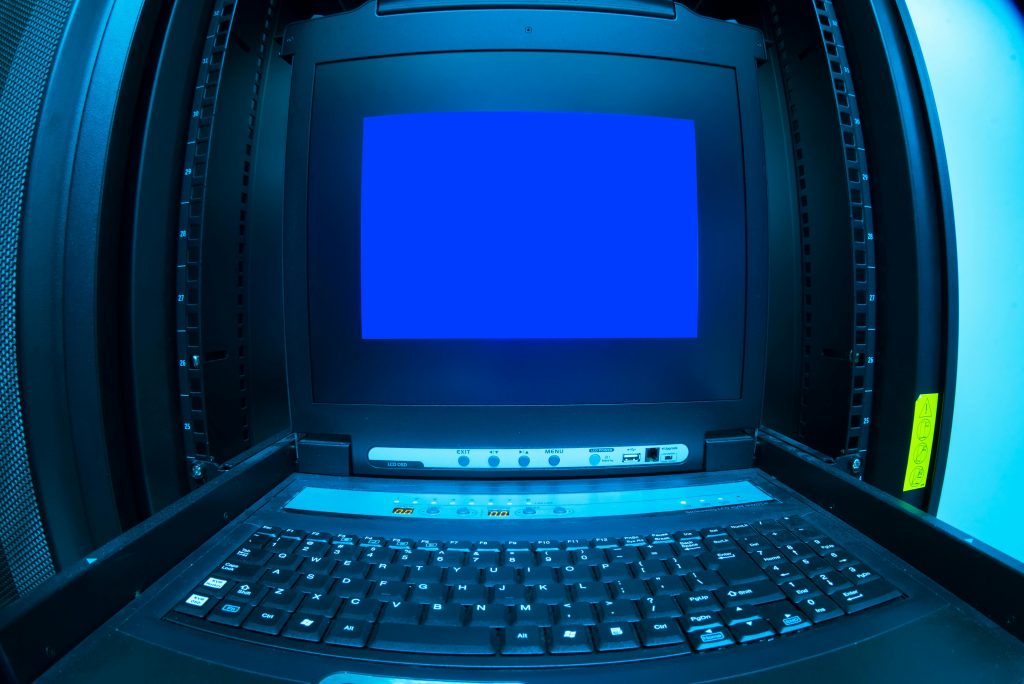Understanding and Resolving the “Hardware Reserved” RAM Issue in Windows: A Comprehensive Guide
Introduction
Many Windows users encounter a perplexing issue where a significant portion of their installed RAM appears “hardware reserved,” effectively unavailable for general use. This problem can be particularly frustrating when you have a substantial amount of RAM installed, such as 32 GB, only to find that approximately half of it is inaccessible. In this article, we will explore the common causes of this problem, detail troubleshooting steps, and provide practical solutions to help you reclaim your full memory capacity.
Identifying the Problem
The “hardware reserved” RAM issue is characterized by Windows recognizing the total installed memory at the hardware level but reserving a large portion for system hardware, rendering it unusable for applications and processes. For example, a system with 32 GB of RAM might only report around 16 GB available, with the remainder marked as reserved.
Common misconceptions include attributing this to integrated graphics sharing or onboard GPU memory. However, these scenarios often do not apply, especially when dedicated graphics cards like NVIDIA GTX series are used, and no onboard graphics are present.
Possible Causes
- BIOS/UEFI Settings
- Incorrect or Corrupted BIOS Firmware
- Faulty or Incompatible RAM Modules
- Motherboard Limitations or Defects
- Windows Configuration Issues
- Hardware Incompatibilities or Defects
Step-by-Step Troubleshooting
-
Verify BIOS Settings
-
Access BIOS/UEFI during system startup (usually by pressing Delete, F2, or Esc).
- Check for Memory Remapping or Similar Settings: Ensure these are enabled to allow the OS to utilize the full RAM.
- Disable any settings that might limit memory usage.
-
Save changes and restart.
-
Update BIOS/UEFI Firmware
-
Download the latest BIOS update from your motherboard manufacturer’s website.
- Follow manufacturer instructions carefully to update BIOS.
-
This can resolve compatibility issues and improve memory handling.
-
Test RAM Modules
-
Reseat RAM modules to ensure proper contact.
- Test each RAM stick individually in different slots to identify faulty modules.
-
Use MemTest86 or similar tools to check for RAM errors.
-
Check BIOS/System Recognitions
-
Confirm BIOS correctly displays total installed RAM.
-
Ensure no memory remapping limitations are present.
-
Windows Configuration Checks
-
Open System Configuration (msconfig) and verify that maximum memory is not artificially limited.
- Ensure that no software is reserving memory
Share this content:



